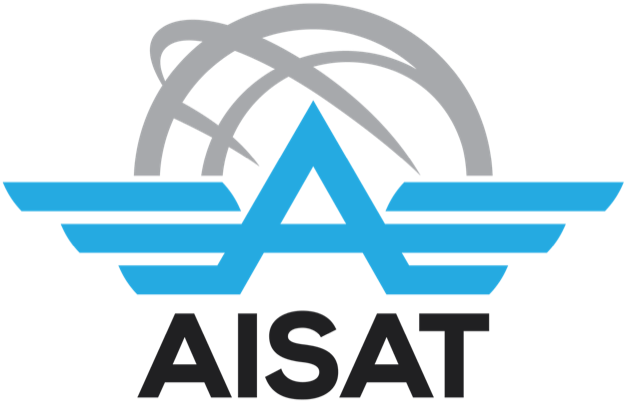August 15, 2020
by: Mary Joy Saludo
AISAT’s first choice for an online Learning Management System (LMS) was Schoology last S.Y. 2019-2020. Schoology is a site that may be familiar to many AISAT students either last semester and to those students who have used it in their physical classes (e.g. EMC students). Schoology was designed primarily for kindergarten to K-12 levels but was recently used for college students as well for online classes during the COVID-19 outbreak. Schoology allows teachers to upload their materials, quizzes, and activities. They offer an automated and upgraded grading system for the teachers, personal/shared content, instructor tools for course creation and management. Thus, Schoology is a fully-featured LMS with functions designed from the start with K-12 college students and instructors in mind.
This school year, the Asian International School of Aeronautics and Technology opted for another LMS which is Google Classroom. It has similar goals and uses with Schoology. Developed by Google, Google Classroom is a web service that aims to simplify the process of classes, quizzes, assignments, and grades. It was intended for a paperless classroom since everything can now be done digitally. It’s easier and simpler to set up, and in addition, free to use. Teachers and students can make use of the vast library of Google applications and tools that can be integrated into Google Classroom like Google Docs, Google Slides, Google drawing, G Suite, etc. Google Classroom applies the suite’s talents in an educational context and makes the business-targeted suite available for more youthful college students.
Many AISAT students actually preferred Google Classroom compared to Schoology. The interface of Schoology (its website and its phone application) is kind of confusing and is not very visually pleasing to use especially for new users. Also, some may not be aware but Schoology can be connected and integrated to other platforms such as OneDrive, Google Drive, Khan Academy, and others. It is believed that what the students miss the most is the number of attempts for activities and quizzes. In Google Classroom, questions, quizzes, and assignments have only one attempt.
Google Classroom and Schoology have a few boundaries worth considering before implementation. Google Classroom lacks the number of prolonged abilities of an academic vendor-provided LMS. For example, it is not available to view grades and engage with instructors as parents. While it is easy and simple to use and understand, it lacks customization that may satisfy new processes to grading and activities, but, it saves users money as it is a free application that also comes with G Suite for educational packages that may cater to small, medium or large business/enterprises.
Meanwhile, Schoology offers parent accounts and login to view and monitor the grades and status of their student/s. However, Schoology lacks familiarity with Google Products or other resources. While users are able to, it is a little unclear to many users how to implement these resources, but it allows various interface optimizations/customizations such as extra green workflows or giving instructors extra organization in file sharing. Another issue with Schoology is that even though it may have a free Basic bundle for individual teacher’s classes, for schools and enterprises, there is a charge for their Enterprise bundle.
All in all, whatever LMS we may utilize in our classes, it all goes down to how we make use of it efficiently and actually learn from it.

